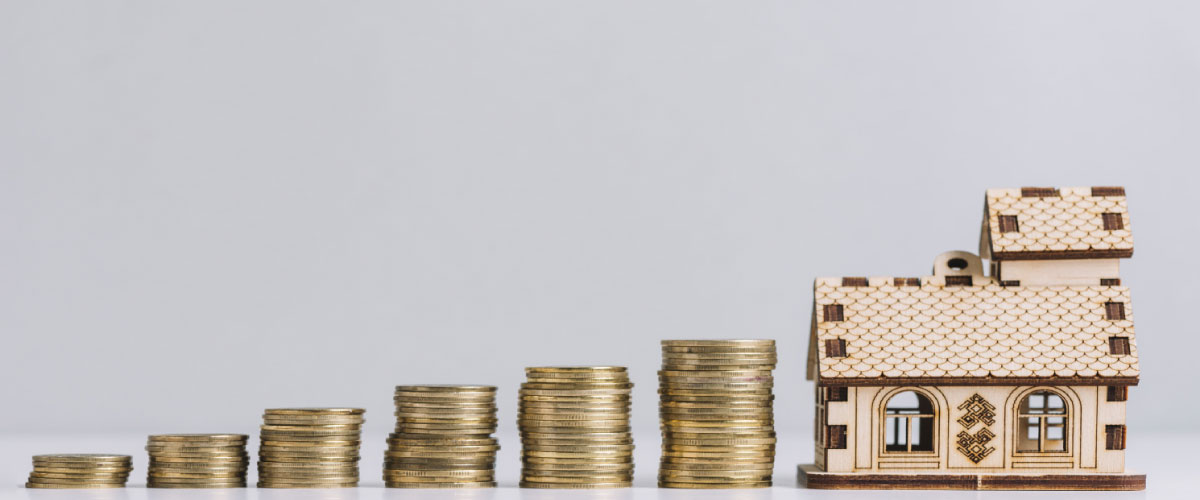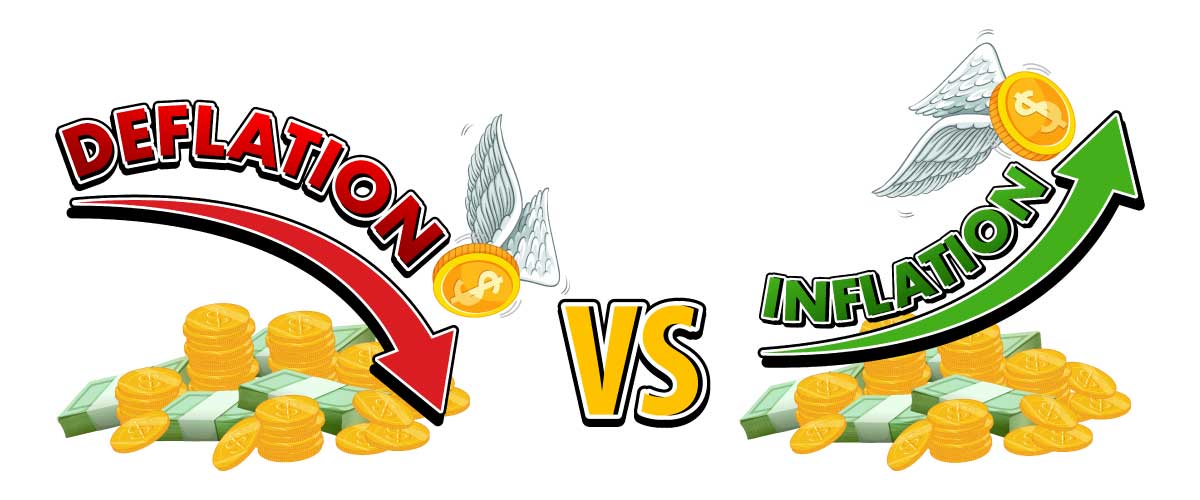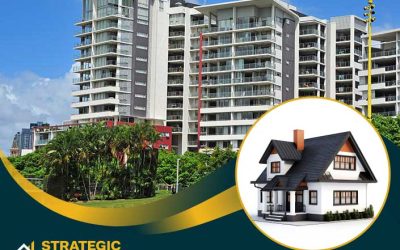
These days almost every homeowner is looking for ways to save money on home loan interest and cut down the years it takes to pay off their mortgage.
One of the easiest ways to do this is through the three-step Mortgage Destroyer Plan, outlined in detail in the EBook 3 Steps to Take 10 Years Off Your Home Loan. To recap, the three steps you need to take to destroy your mortgage are:

The Right Product

Get An Offset Account Pay

Your Bills By Credit Card
When you have this three-step system in place, you save money on mortgage repayments and cut down the time it takes to pay it all off just by having your salary go into your offset account and using a credit card for all your expenses. As long as you continue to make your home loan payments and pay off your credit card in full each month, this plan will continue to work for you.
But the time you will take off your home loan using this plan really depends on how much money you have in your offset account. With a salary that might take a year or two off your mortgage. So how do you turbocharge this system to take 10 years off your home loan?
The answer is to get more money into your offset account and keep it going there. This is where investment property comes into things.
How to Use Investment Property to Save money and Boost an Offset Account

When you buy an investment property with the intention of renting it out to tenants, you instantly get access to a wide range of tax benefits, including interest on the money you borrow to buy it, rental costs, depreciation of the building and fittings and accounting costs.
If you buy a house or apartment that is still in the development phase, you will be able to claim holding costs (charges associated with the property before it can be rented out).
For the right property, all these expenses should give you $30,000to $40,000 in tax deductions (if not more), which will come off your taxable income and mean that you pay less tax. In turn, that will give you more cash so that you can boost the balance in your offset account.
For example, let’s say someone with an income of $107,000 bought a property for $307,00 (including purchasing costs and stamp duty of $16,300). In the first 12 months, their tax deductions for the property could look something like the following:
- Loan and purchasing costs: $16300
- Mortgage Interest: $18,200
- Depreciation of building (2.5%): $9525
- Depreciation of fittings: $22,860
These deductions come to a grand total of $67,555, and when claimed against their income of $107,000, it reduces their taxable income to $39,445.
So instead of being in the second-highest tax bracket ($80,0001 to $180,000) and paying in tax, they would be in the middle tax bracket ($37,001 to $80,000) and only pay $4366.63 in tax for the financial year.
That works out to be around $14,400 per year in earnings from having this investment property. When that is also factored into their tax return, they could still expect a tax refund of around $10,000.
They could then choose to get this money back at the end of the financial year in one lump sum or use a tax variation form (also known as a PAYG withholding variation form) so that less tax is withheld from their salary throughout the year.
Either way, these savings will boost the balance of an offset account by around $10,000 for the financial year, which means they could cut an extra $10,000 off the amount of interest charged for their home loan. And every year they have this investment property, the amount of money they have in their offset account can increase to reduce the interest paid on their home loan.
Positive Cash Flow Properties Vs. Negative Geared Properties

The example earlier shows how investment property can significantly increase the balance in your offset account to take 10 years off your mortgage home loan. Still, one element vital for it to work is that the property has to be “positve cash flow”.
This means that you earn almost as soon as you buy it, compared to cost you money (which is known as negative gearing). AS the Australian taxation Office defines it, rental property is considered negatively geared when it is “purchased with the assistance of borrowed funds and the net rental income, after deducting other expenses, is less than the interest on the borrowings”.
New and inexperienced property investors often mistake that negative gearing can be a good thing, as it allows you to claim more in tax deductions (you can claim the losses from negative gearing in your tax return).
While more tax deductions can reduce the amount of tax you pay, it also means you will have negative cash flow, which you don’t want when following Wealth Creation Plan.
Simply put, a positive cash flow property will help you balance out your expenses and income so that you can make the most of all the tax deductions, boost your offset account and make all the required payments on your loan and credit card.
It also allows you to increase your home loan savings every year because the cost of the investment property will be reduced (as you pay down the loan), and the amount of cash flow you get from the rent will increase.
The other thing to consider about negatively geared properties is that it could take years to start earning money off them. In the meantime, you will have to pay to maintain them, which means you could lose out on many of the financial benefits of the system outlined here and actually end up adding years to the debts you are paying off.
So then the question becomes: how do you find a positive cash flow property?
All kinds of elements can help you make money off your rental property within the first year of owning it, and some of the most common things are outlined below.
High Rental Yield
The suburb or region report for the area you want to buy in should give you details of the average rental yield in that area. You can then weigh up this amount against the purchase price of any properties or developments you are considering to see the difference and how long it will take to start earning money (an investment property calculator or investment property consultant could also help with this).
Low Vacancy Rate
Property suburb and region reports should also include details of the vacancy rate for the area looking to buy a rental property. This is written as a percentage to show how many properties are currently empty, so the lower the rate is, the better your chances are of getting tenants in quickly and earning rental income of the property.
Access to Schools and Other Amenities
The location plays a big part in the value of rental properties. Often, the closer you are to landmarks like schools, shops and community service, the more rent you will be able to charge.
Infrastructure
Good roads, public transport access and pedestrian and cyclist paths often increase the property’s value, giving you a chance to earn more of your investment.
Affordable Management Fees or Strategies
Keeping property management costs affordable is incredibly important for cash flow and profits. Some investors choose to do this by managing their investment property independently (i.e. finding tenants, keeping up with maintenance etc., on their own), which can keep the costs to a minimum. But most people hire a property manager to deal with the ins and outs of the rental property (especially if it is located elsewhere). If that’s the case, it’s important to negotiate a property management fee that still leaves you with a profit from rent at the end of each month.
The Age and State of the Property

Even with all of the factors above ticked off, the actual state of the property could affect its overall value and rental yield. For example, it could be harder to justify a high rental rate for a rundown house in a good suburb than for a new house or apartment in a good suburb. In fact, a new building in an average suburb could actually be better than an old building in a highly desirable suburb due to the cost of maintenance (older buildings tend to cost more to maintain).
These factors will increase the potential for a positive cash flow investment property, but perhaps the most important thing is information. The more you know about the property and its investment potential, the more likely you are to be able to start earning money off it in the short term and the long term.
For astute property investors, this knowledge often comes through experience, but professional property investors and consultants can also provide the information and resources you need to help you make a smart investment property purchase. Once you have that cash flow from rent and tax benefits, you can watch the rise in your offset account balance and the fall of the remaining years you have to pay off your home loan
Disclaimer
The information contained in the ebook is presented for illustrative and educational purposes only. It is not presented, nor should it be treated as real estate advice, legal advice, investment advice, or tax advice. Any investment involves risk and potential loss of money. If you require advice in any of these fields, we urge you to contact a suitably qualified professional to assist and advise you. Your personal individual financial circumstances must be taken into account before you make any investment decision.
Strategic Investors, its author(s), its authorised distributors and licensees, their employees and speakers do not guarantee your past, present or future investment results whether based on this information or otherwise. The information supplied is accurate at the time of press but is always subject to alteration without notice. Strategic Investors and their authorised distributors, licensees, associates and employees may hold shares, obtain fees, and other benefits from the companies that are presented and promoted. All reasonable care has been taken in the preparation of the information. To the best of our knowledge, no relevant information has been omitted. However, Strategic Investors and their affiliated companies disclaim all liability should any information or matter in this document differ. Strategic Investors disclaims all liability for clients’ purchase decisions. Photographs are illustrative only.












